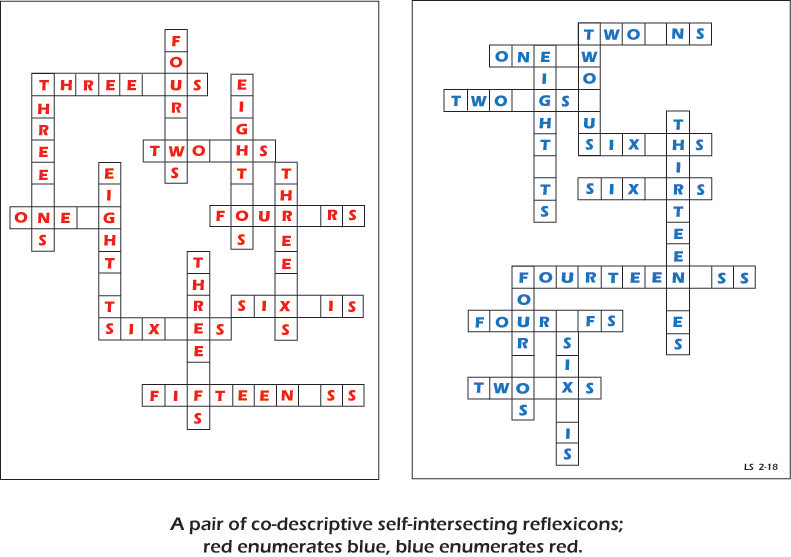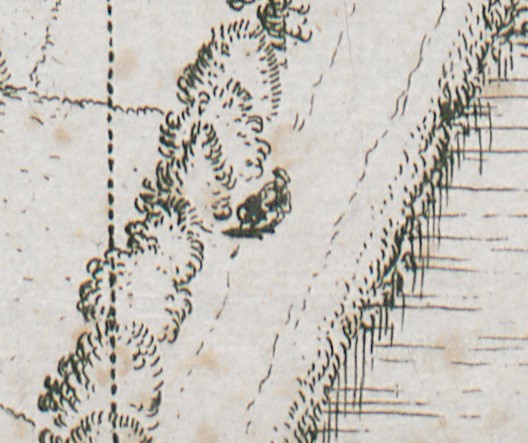The 1937 edition of Webster’s Universal Dictionary of the English Language contains this peculiar entry:
jungftak (jŭngf´ täk) n. a fabled Persian bird, the male of which had only one wing, on the right side, and the female only one wing, on the left side; instead of the missing wings, the male had a hook of bone, and the female an eyelet of bone, and it was by uniting hook and eye that they were enabled to fly, — each, when alone, had to remain on the ground.
This appears to be neither an error nor a trap to catch copyright thieves. When scholar Richard Rex asked about it, an associate editor at the dictionary replied, “[W]e have gone through a good many sources and jungftak simply does not show up. It is quite a curiosity, for the various accounts of Persian mythology do not describe such a bird even under another name.” The entry disappears from editions after 1943. Probably it was a joke, but the story behind it is lost.
(Richard Rex, “The Incredible Jungftak,” American Speech 57:4 [Winter 1982], 307-308.)
06/19/2024 UPDATE: Reader Nick Hare offers another fantastic bird: the oozlum, which flies in smaller and smaller circles until it disappears up its own backside. Wikipedia observes drily that this behavior “adds to its rarity.”
06/21/2024 UPDATE: Wow, this is really interesting. Reader Edward White informs me that there’s a bird in Chinese mythology, the biyiniao or linked-wing bird, that closely resembles the jungftak — each biyiniao has one eye and one wing, so they have to pair up to fly. The bird is used as a symbol of married love in poems. Can this be a coincidence?



